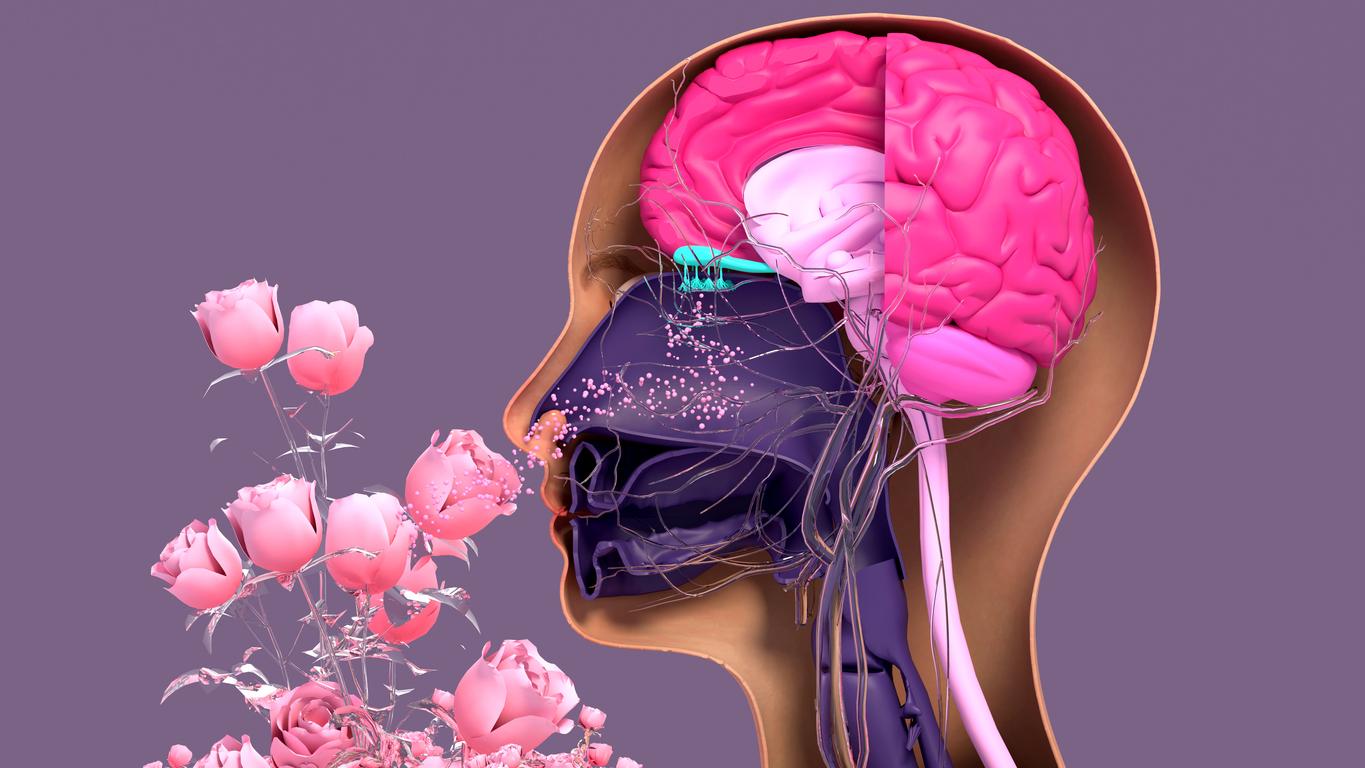A new study published on August 10 notes that a combination of genetic and emotional differences can lead to post-traumatic stress in police officers.
-1597656695.jpg)
What if post-traumatic stress had other factors than the traumatic event? This is the track on which researchers from the Langone Health medical research center at New York University (United States) and the Grossman School of Medicine at New York University have embarked. In their study published on August 10 in the journal Translational Psychiatrythey show that the most significant indicators of post-traumatic stress (PTS) are the tendency to jump at sudden noises, but also the manifestations of early career mental health symptoms — such as anxiety or depression — and certain genetic differences , some of which can influence the immune system.
“If we can identify the major risk factors that cause PTSD and address them before they have the chance to develop into full-blown post-traumatic stress disorder (PTSD), we can improve quality of life. police officers and perhaps other emergency responders, and better help them deal with the stressors of their jobs”explains Charles Marmar, the study’s lead author and professor of psychiatry at New York University’s Grossman School of Medicine.
Artificial intelligence
To reach these conclusions, the researchers used a computer program developed by the Langone Health medical research center and the University of Minnesota. Thanks to this software, they confronted a “combination of statistical analysis” with biological databases from 207 police officers from New York, San Francisco, Oakland and San Jose departments who had SSP. All officers experienced at least one life-threatening event during their first year on the job. To process this mass of information and determine the best indicators of the appearance of post-traumatic stress, the scientists used machine learning, automatic learning in French. This field of artificial intelligence uses the calculation capacities of a computer within structured data which learns as it goes along with indications from humans. This software is trained to find patterns, or possible patterns of cause and effect.
Using this program, the researchers looked for patterns in 148 different features previously thought to be involved in PTS. They mapped 83 different possible combinations of factors, or pathways, that could have influenced the agents as they developed the disease. “Based on these techniques, our study identified specific causes of PTSD rather than possible links.” assures Professor Charles Marmar. In total, 5 factors that appear most frequently have been identified: the tendency to jump easily, the appearance of severe distress after the traumatic event, emotional health problems (anxiety or depression), mutation of the HDC gene — adversely affecting the immune system — and a mutation in the MR gene, involved in the “fight or flight response” or the body’s immediate response to threats.
No fatality
Without any of these 5 factors, scientists believe the risks of developing PTSD are low and provide hope for possible preventative treatment. “Several of the causative factors we have identified — the HDC gene, the MR gene, and the startle response — point to well-mapped neural circuits, which should allow us to find drugs and behavioral therapies that might help.”says Glenn Saxe, one of the study’s lead co-authors and a professor in the Department of Child and Adolescent Psychiatry at New York University’s Langone Research Center.
The researcher believes that this study also makes it possible to influence the elements causing the appearance of certain factors. For example, in 60% of the causal pathways difficulty adapting to work contributed to the development of PTS. Therefore, it would be enough to support new police officers more in order to help them better adapt to their new police work, this could reduce their risk of developing post-traumatic stress, according to the doctor.
According to the US Institute of Mental Health, 8 out of 100 people will experience PTS once in their lifetime. Police officers are particularly affected by this phenomenon since they experience an average of 3 traumatic experiences every six months. The health implications? Nightmares, aggression and painful memories of the traumatic event can cause poor sleep, anxiety, depression and an increased risk of suicide.
.

















